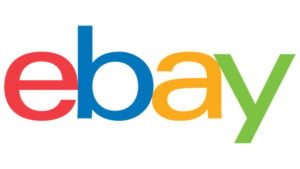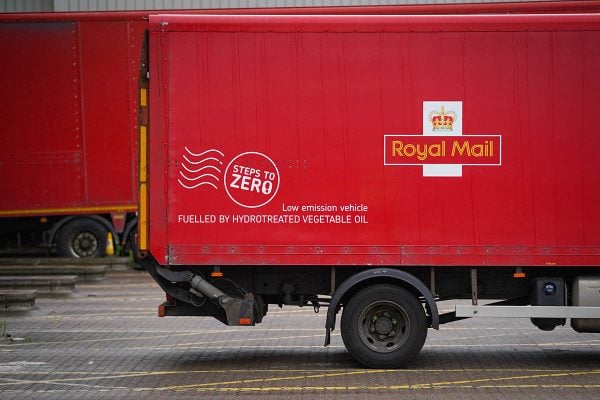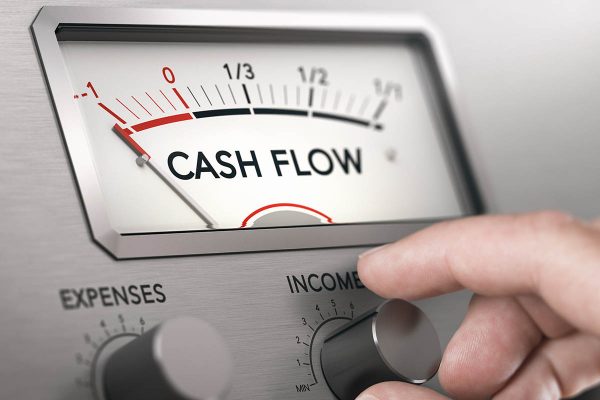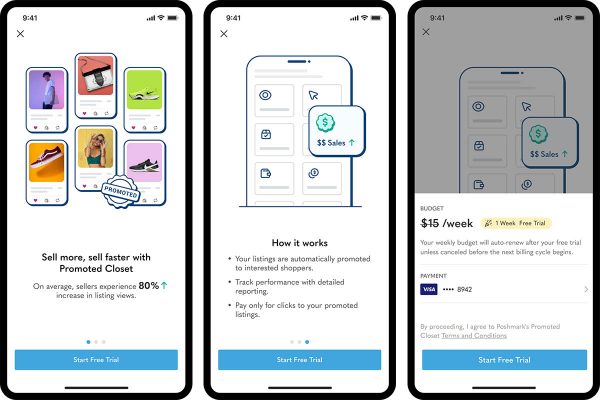 Andrew Whitten from the US National Bureau of Economic Research has been looking at eBay offers and counter offers and concluded two things. It’s possible to get your items sold faster but it will be at a lower price.
Andrew Whitten from the US National Bureau of Economic Research has been looking at eBay offers and counter offers and concluded two things. It’s possible to get your items sold faster but it will be at a lower price.
“Items listed at multiples of $100 ultimately sold for 5 to 8% less than items with non-rounded prices, but received offers faster and were more likely to sell”.
10.5 million listed items were analysed, out of which 2.8 million received offers and 2.1 million ultimately sold. They key finding is that items listed at multiples of $100 receive lower offers on average than items listed at nearby prices, ultimately selling for 5 to 8% less. Items listed in round numbers received offers 6 to 11 days
sooner and are 3 to 5% more likely to sell than items listed at “precise” numbers such as $99.99.
To verify the findings goods listed in round numbers on eBay UK which were available for sale in the US were checked. Once the price was translated in to dollars they were no longer round numbers and did achieve higher prices. Andrew says “This evidence indicates the round numbers themselves have a significant effect on bargaining outcomes“.
It would appear that by listing at a round number the seller is indicating that they’re in a hurry to sell, whereas a seller listing at a precise number indicates that they are willing to wait to get a good deal.
Common practice has been to list costs at precise numbers such as £99.99 as it’s believed to appear less than £100 and so the buyer is more likely to purchase. That’s why you’ll invariably find in shops prices ending in 99p. However on eBay it may well be that listing with round numbers could increase your sell through rates albeit at lower margins.
Of course if you don’t enable Best Offer on your listings the point is moot!









24 Responses
Surely only the most gullible buyer would see the difference of 1p making a price appear more attractive. It is and always has been a ridiculous ploy.
“if you want to sell your £99.99 item, for less money faster, advertise it for £100, then wait until someone offers you £80” is the advice here?
surely it’ll sell faster at £80 if you advertise it for £80?
.
19s-11d (19/11d) is not a £1.00, as is 99p now there is no 005p(1/2p).
ive always done the .99p trick,
and tend to see buyers spliting pounds even further on my items.
they are mainly under £10-15. some people will offer 7.50 on a tenner item, but lots will counter my offers back into the .25p block of change. eg £10 they offer say £5.00 ill counter £7.50, they will come back with 7.25 or £6.75.
Interesting.
So when you guys use best offer, do you price higher than its currently selling for (Sold listings) then you obviously accept a higher % off.
Or do you price at what its selling for and only accept close offers?